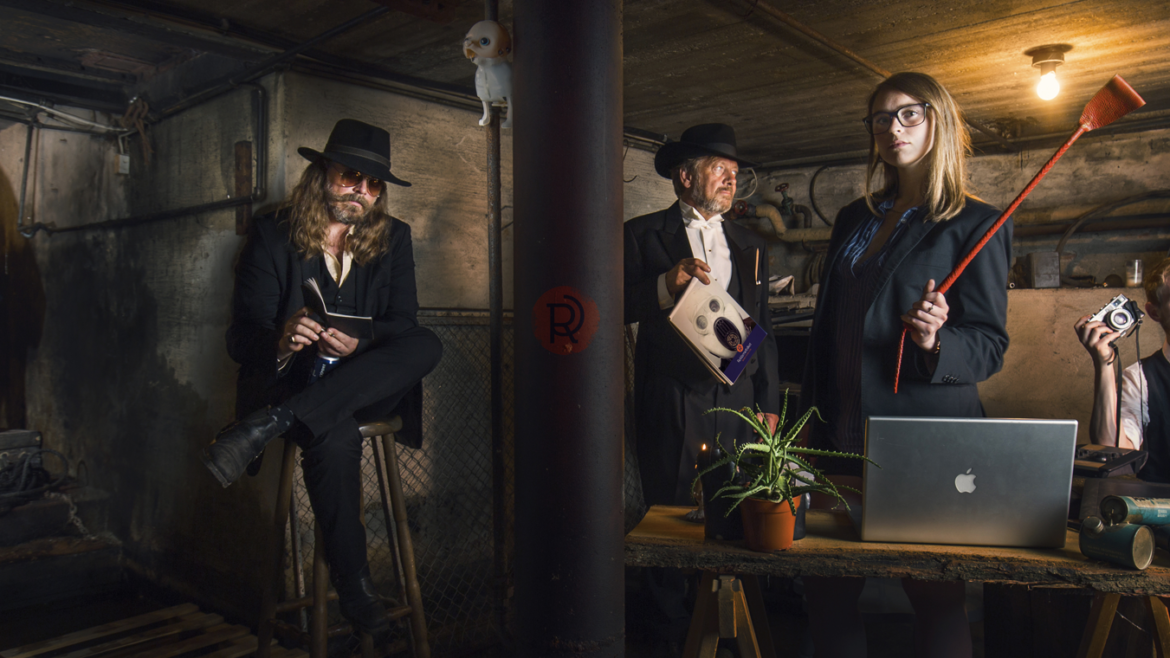Good employer branding comes from letting your employees take ownership of the brand. Making them feel happy to go to work and to find pride in the work they do. This is how you build the foundation for furthering your brand through your employees ambition. By giving them the freedom and means to showcase their pride in the brand and thereby making your workplace desirable for future employees and even consumers.
This optimal scenario can be reached in many different ways but the most important thing is to find out what drives your employees. What makes them wake up every morning and look forward to go to work. And of course to realize that different employees and departments within your organization can have very different reasons to work for the brand.
Expanding the brand from within
One of the big factors in creating the environment for that kind of passion is of course to have a clear definition of the company brand and to communicate that message to the employees. To not only have a clear picture of what we do and how the brand achieves its goals but why we’re in the business that we’re in – The big why?
Giving your employees structure and a certain freedom to work within that structure is also important. Once your employees have shown that they can work well within that framework, the next step is to show them that they’ve earned your trust and you can expand your boundaries and give them more freedom to further the brand even more.
The employee effect
The platforms you can make available for your employees to showcase the brand come in all shapes and sizes. The one closest to home is your website which gives you lots of possibilities to showcase the company culture and the talents that work for the company. Whether it’s your about, job or blog page, make sure that they have an easy access and a well designed home to brag about.
Once you have these things in place you can start to “spread the love” as we say and share your content. LinkedIn, Facebook, Twitter, Instagram or Snapchat are all good social media platforms and will help you to reach a lot of people. When that is said, it doesn’t mean that your brand has to be present on all of them. The trick is to know your target audience and where to find them. To know what makes them tick and communicate accordingly.
Start building
When you have created the right foundation for your brand and taken the needs of your employees in consideration the passion takes over. Work will be just fun & play and you can start to build whatever your heart desires.




